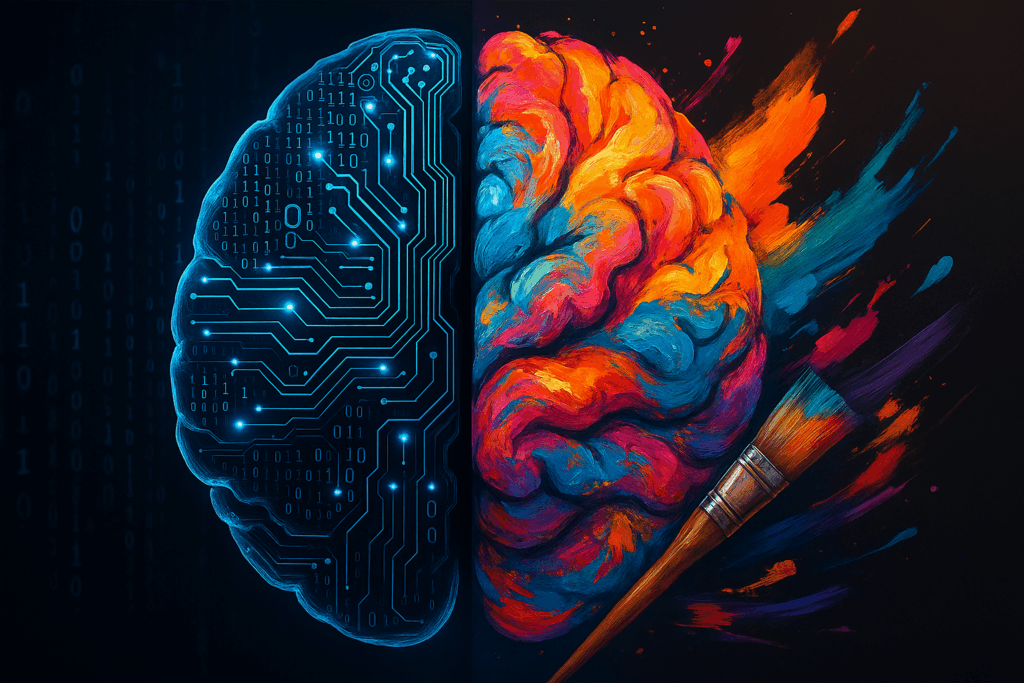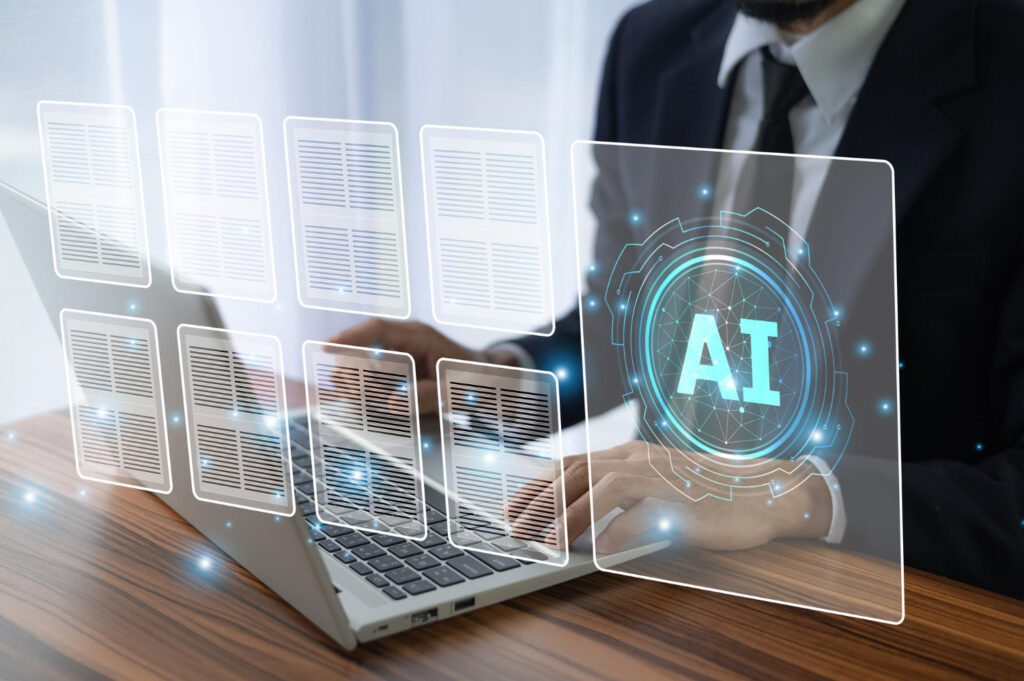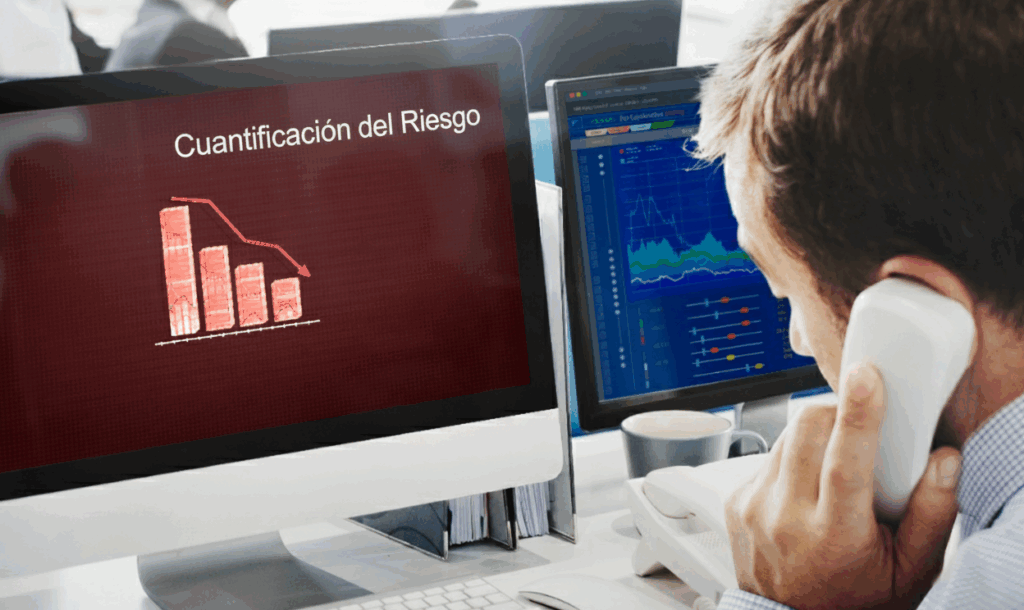The artificial intelligence has become the most powerful engine of transformation of our time and is already a trend in the face of 2026 is no longer a promise or an optional resource. It is now the central axis that determines how companies work, compete and make decisions.
Global investment in this type of technology has exceeded $300 billion and continues to grow in fields as diverse as generative artificial intelligence, intelligent automation and advanced data analysis. This scenario reflects the confidence that both governments and companies place in AI to drive competitive advantage and sustain growth.
One of the most relevant changes is the maturity reached by multimodal models. These solutions are capable of interpreting and generating information from text, images, video or unstructured data and are redefining entire industries. Precision medicine, hyper-personalized marketing and customer experience design are just a few examples of an impact that is multiplying every year.
At the same time, an unavoidable challenge arises. Every day, more than 25 billion new digital data are created, an avalanche that requires tools capable of filtering, organizing and transforming this information into strategic knowledge. The companies that know how to apply customized and reliable models will be the ones that manage to differentiate themselves in this data-saturated environment.
Artificial intelligence is also bringing about a decisive change in the way business intangibles are valued. Concepts such as brand reputation, consumer confidence or the influence of communication on public opinion have always been difficult to measure. Today, thanks to advances in the analysis of millions of data, they have become quantifiable assets that make it possible to design solid and accurate economic models. This capability marks a turning point for organizations seeking to make decisions based on evidence and not on subjective perceptions.
All this leads us to the idea that artificial intelligence is not just a support tool. It has become a catalyst that allows managers to react in real time and design strategies based on accurate information. By 2026, the companies that manage to integrate this vision will be the ones leading the digital economy.
Trend 1. Generative artificial intelligence as a creative engine

The first major trend of 2026 is the consolidation of the generative artificial intelligence as a creative driver in business. We are not only talking about the production of audios images or videosThe company's ability to create products, services and experiences designed specifically for each customer is not only a key factor in the success of the company, but also in the ability to create products, services and experiences designed specifically for each customer.
Today's generative models can analyze unstructured information, such as opinions on social networks or comments in forums, and turn it into coherent and useful propositions. This evolution is completely transforming the way brands design campaigns, develop new products or create messages that connect with their audiences.
The key is that creativity no longer depends solely on human intuition. It is now nourished by reading billions of data that allow us to detect patterns and anticipate consumer trends. As a result, companies can launch strategies that are more in line with the real needs of the market.
In this area, the value of solutions such as those from ENIGMIAThe company's artificial intelligence platforms offer customized models adapted to the specific objectives of each company. While many artificial intelligence platforms deliver generic results, customization guarantees stability in analysis and consistency in data interpretation.
In view of the In the coming months, we will see how generative artificial intelligence will move from being an add-on to become the core of business strategy.l. Companies that manage to combine automated creativity with a strategic reading of data will have an advantage that will be difficult to match. This change also requires a cultural evolution: learning to trust artificial intelligence as a creative partner and not just as a productivity resource.
Trend 2. Enterprise automation and intelligent assistants

If in the early years of artificial intelligence companies focused on pilot tests and very specific tasks, in 2026 automation has become a cross-cutting reality. Companies are no longer just looking to improve operational processes or reduce costs. The new goal is to free people from routine tasks so that they can concentrate on activities of greater strategic value.
Intelligent assistants are a good example of this change. They have gone from answering simple questions to becoming true digital collaborators that manage calendars, prepare reports and detect business opportunities. In some industries, they are already being used as the first point of contact with customers and suppliers, providing faster responses than a human team and with an accuracy rate exceeding ninety percent.
Automation is not limited to customer relations. In areas such as finance or logistics, artificial intelligence analyzes millions of transactions to detect fraud in real time or recommend more efficient distribution routes. In marketing and sales, algorithms process unstructured data - opinions, reviews or mentions in social networks - and extract signals that allow highly personalized campaigns to be designed. The impact is clear: better use of resources and a greater ability to react to the competition.
Looking ahead to 2026, this type of automation is characterized by its deep integration with corporate systems. We are not talking about isolated applications, but connected ecosystems that combine internal data with information from external sources. This opens up a strategic opportunity that differentiates the most advanced organizations. The key lies in the ability to interpret this data in a coherent way that is aligned with the company's objectives.
ENIGMIA is positioned precisely in this area. Its proposal focuses on customized models that maintain stable criteria in the reading of information, thus reducing biases and making safer decisions. Thanks to this methodology, it is possible to convert an avalanche of data into clear reports that guide both operational teams and senior management. The result is a form of automation that does not replace people, but rather amplifies their capacity for analysis and execution.
Another point of great relevance is the impact on internal communication. Intelligent assistants are beginning to play a key role as intermediaries between different departments. An employee can request an analysis of advertising spend over the last six months and receive a detailed report within minutes, without having to go through several hierarchical layers. This democratization of information accelerates decision making and fosters more agile corporate cultures.
The 2026 trend also incorporates an ethical approach. Organizations face the challenge of ensuring that automation respects data privacy and avoids discriminatory bias. It's not just about regulatory compliance, but about building trust with customers and users. Those companies that integrate transparency as part of their strategy will gain a reputational advantage that will be difficult to replicate.
Business automation and intelligent assistants do not mean replacement, but evolution. Whoever knows how to combine them with human vision and creativity will have the ability to build more sustainable and resilient business models. In an environment where data is growing at an unstoppable pace, the key is not to accumulate information, but to convert it into useful decisions. And this is precisely the area in which artificial intelligence will make the difference in the coming years.
Trend 3. Advanced personalization in marketing and sales

The year 2026 will be remembered as the year in which personalization in marketing and sales will reach unprecedented levels. Until now, companies have worked with general segmentations and basic recommendations, but what is coming is a hyper-personalization capable of anticipating needs before the customer expresses them.
Experts predict that algorithms will analyze consumption patterns in real time and cross-reference them with contextual information such as location, browsing history or social interactions. This cross-referencing of data will make it possible to design messages that are not only relevant, but also arrive at the exact moment when the consumer is ready to act. Communication will cease to be massive and will become a continuous dialogue tailored to each individual.
The impact of this change will go far beyond immediate sales. Companies that manage to establish an authentic and personalized relationship with their customers will strengthen trust and loyalty, two values that in an environment saturated with messages will be essential to differentiate themselves. Loyalty will become a strategic asset and artificial intelligence will be the tool that makes it possible.
In 2026, we also expect a evolution in the way commercial teams manage information. Until now, many decisions have been based on incomplete databases or outdated reports. Artificial intelligence will make it possible to integrate diverse sources, including unstructured ones, to provide a comprehensive and up-to-date view of each customer. This will transform the way salespeople work, enabling them to make decisions based on evidence rather than intuition.
The contribution of solutions such as ENIGMIA The ability to extract, process and analyze both open and closed sources will provide organizations with a deeper understanding of their market. Customized models will ensure that each strategy is aligned with the company's specific objectives, avoiding the generic answers offered by other platforms.
One of the most visible benefits will be the optimization of advertising investment. It is estimated that advanced personalization will reduce spending on ineffective campaigns by around 40 percent, as messages will be targeted only to audiences with a real interest. This efficiency will translate into a higher return on investment and a competitive advantage that few companies will be able to match.
The evolution towards what is called strategic hyperpersonalization will transform the relationship with customers. It will not simply be a matter of recommending a different product to each user, but of designing complete experiences that are tailored to their deepest motivations. This will include everything from the tone of the message to the communication channel chosen, always based on what feels most natural to each consumer.
Everything points to the fact that artificial intelligence will make it possible to scale this personalization to millions of customers simultaneouslyThis was impossible until now. What used to require an enormous manual effort will now be managed in an automated way, without losing the feeling of closeness that users value.
In 2026, companies that integrate this vision will be in a position to compete in a market where every interaction counts. The difference between winning or losing a customer will depend on the ability to provide the right response at the right time. And artificial intelligence will be the engine that makes this possible.
Trend 4. Integration of AI with IoT and edge computing.

The year 2026 will mark a turning point in the integration between the artificial intelligence, the internet of things (IoT) and edge computing. Until now, these three concepts had advanced in parallel, but what is anticipated is a real convergencel, capable of transforming the way companies collect, process and use information.
The key will be that connected devices will generate huge amounts of data in real time, and artificial intelligence will be able to analyze it directly at the source thanks to edge computing. This will avoid exclusive dependence on the cloud and reduce response times to milliseconds, which is crucial in sectors where immediacy is critical, such as automotive, energy, logistics and healthcare.
Imagine an industrial environment in which thousands of sensors monitor production. Instead of sending all this information to a central server, the analysis will be performed locally and automatically. In this way, any deviation or anomaly will be detected instantly, allowing immediate adjustments that will prevent millions of dollars in losses. The same will happen in the healthcare field, where portable devices will be able to interpret biomedical data on the spot, without the need for a permanent Internet connection, offering preventive diagnoses in a matter of seconds.
The fusion of AI, IoT and edge computing will also bring about an evolution in smart cities. Transportation, lighting and waste management systems are expected to operate more efficiently thanks to algorithms capable of processing real-time data from thousands of connected devices. This will reduce energy costs and improve citizens' quality of life.
The big challenge will be to ensure that all this infrastructure remains secure and reliable. As processing is decentralized, vulnerabilities to cyber-attacks increase, so companies will need to invest in robust protection models and early threat detection.
In this scenario, proposals such as that of ENIGMIA will provide a differential value. The ability to collect information from both connected devices and external sources will allow building a more complete view of the environment. Customized models will ensure that the analysis is not only fast, but also consistent with the strategic objectives of each company, avoiding data dispersion and providing understandable reports for senior management.
By 2026, the combination of AI, IoT and edge computing will no longer be a technological experiment, but an everyday practice in key industries. Organizations that manage to take advantage of this integration will be able to operate with greater agility, reduce costs and anticipate changes in their environment. In short, it will be a new standard that will differentiate leading companies from those that lag behind.
The immediate future of artificial intelligence

2026 will not be just another year in the evolution of artificial intelligence. Everything indicates that it will mark the definitive consolidation of this technology as the central axis of business strategy. From AI-generated creativity to advanced automation, from hyper-personalization in marketing to integration with IoT and edge computing, the trends are converging that artificial intelligence will cease to be a complementary resource and will become the basis for on which competitive organizations are built.
The key will not only be to adopt tools, but to do it in a way that is structural, coherent and strategic. In an environment saturated with data, the companies that know how to transform it into fast, accurate and reliable decisions will be the ones that differentiate themselves.
The differential role of ENIGMIA
In this scenario, ENIGMIA is a strategic ally for companies that are not satisfied with generic solutions. Its proposal is based on three pillars:
- Massive data processingmore than 25 billion new digital data every day are transformed into useful knowledge.
- Customized and stable modelsThe analysis is tailored to each organization, ensuring that the analysis always responds to the same strategic criteria.
- Tangible resultsup to a 40% of advertising investment savings thanks to decisions based on evidence and not on intuition.
While other platforms offer standard answers, ENIGMIA ensures consistency, reliability and long-term vision, This is essential in a market where information changes every second.
Why choose us?
The future of artificial intelligence towards 2026 is full of opportunities, but also of noise and complexity. ENIGMIA simplifies this scenario, turning millions of pieces of data into strategic reports that guide both management and operational teams.
- If your objective is to stay ahead of the competitionwe make it possible.
- If you need optimize your decisions with verifiable data, we offer you the perfect tool.
- If you want to ensuring stability and confidence in every analysis, we are the answer.
In 2025, business success does not depend on accumulating more data, nor for next year, but on knowing how to interpret and apply it. The future of artificial intelligence is already here. The question is: do you want to be a spectator or a protagonist?



